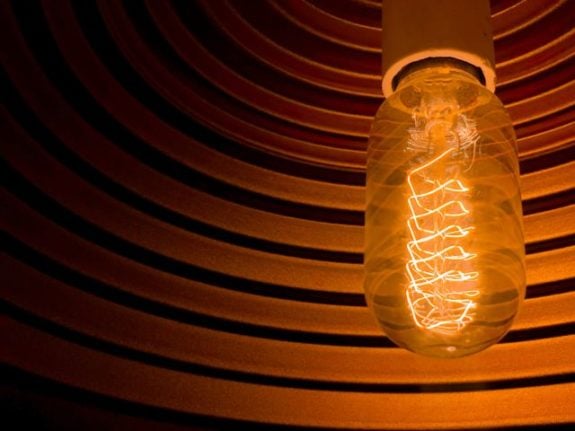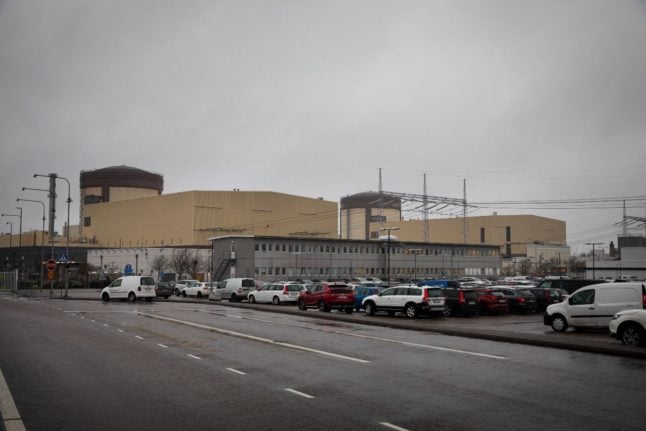Pull out power cables from sockets, lower the indoor heating, and remember to turn off the lights.
Every kilowatt/hour counts at a time when Sweden has to save electricity to avoid an electricity crisis, the Swedish Energy Agency (Statens Energimyndighet) states in its new campaign promoting saving energy.
Earlier this week, several Swedish media reported that some municipalities would also limit Christmas lights to save on electricity in December.
Switching off a lamp gives a clear impression that electricity use is reduced. But how much of a difference does it really make?
LED lamps
Lighting consumes very little of the household’s total electricity consumption compared to other things, especially as many people in Sweden use energy-efficient LED lamps.
The biggest electricity consumption item is often the heating of homes and water. When it comes to household electricity, the most significant electricity items are ovens, saunas, and hair dryers. They don’t even need an hour of use to reach 1 kilowatt-hour (kWh).
Lighting does not use nearly as much power, but it depends on how many lamps there are in your home – and whether they are LED or regular light bulbs.
To reach 1 kWh, a light bulb (40 W) only needs to be lit for 25 hours. For an LED lamp (1 W), it takes about 1,000 hours for one kWh.
At the same time, regular light bulbs are becoming increasingly rare as, following an EU decision, they are being phased out of the market.
“In the past, when we mostly had light bulbs, the lighting made up a large proportion of household electricity consumption. If you consumed a total of around 5,000 kWh per year, lighting accounted for perhaps around 1,000 of the total,” Helena Holm at the Energy Agency says.
More people want energy-efficient lighting
The soaring electricity prices are, therefore, an incentive to shift to LED lamps. Both Clas Ohlson and Elgiganten, which no longer sell older types of light bulbs, have noticed an increase in the sale of LED lamps.
In September, Clas Ohlson’s sales of LED lamps increased by 7 percent compared to the same month last year. At Elgiganten, sales shot up by 82 percent.
Mikael Nyberg, who runs the lamp shop Elektriska Svea in Stockholm, notices that more people want to replace all their lamps with LED lamps to save on electricity.
“Demand will probably increase as electricity prices increase,” he says.
Currently, it is estimated that around 98 percent of Elektriska Svea’s sold lamps are LED lamps, according to Nyberg – but there are still customers who demand older light bulbs.
As long as the light bulbs remain on the market, they will remain part of the store’s selection.
LED downsides
On the other hand, LED lamps have a disadvantage – they can usually have a slightly duller light. LED lamps do not have as good a color reproduction as traditional light bulbs, which have a more pleasant light.
“At the same time, it’s more a matter of taste, and the younger generation who grow up with LED lights may not react to the difference in the same way as those who grew up with older light bulbs,” Nyberg added.
There are, however, some LED lamps whose light is more similar to that of a regular light bulb.
“But if you were to put these next to a light bulb, you would still see a difference between them, both in the character of the light and in the lamp itself,” Nyberg said.
While a single lamp does not use that much power, households usually have many light sources. Therefore, lighting can ultimately contribute to increasing the household’s electricity consumption, according to Helena Holm.
Switching off the lights when you are not at home, or using intelligent electrical solutions, such as having a digital timer on your lights or motion sensors for outdoor lighting on the driveway, can help cut electricity consumption.



 Please whitelist us to continue reading.
Please whitelist us to continue reading.
Member comments